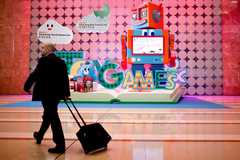Fairplay: Toys & Games Fair / Hong Kong
Toy story
This issue our regular Fairplay series on trade fairs from around the world makes a return. Here we visit the Toys & Games Fair in Hong Kong, the second largest exhibition of its kind in the world, where serious-minded adults get to play at being kids again.
Despite the aircraft-hangar-sized rooms filled with enough toys for a thousand Christmases there are no children to be spied anywhere. The people squeezing the tummies of the fluffy bears and testing the aerodynamics of the boomerangs are dressed in sober suits and are what are known as adults. For these people fun comes at a price – hopefully a very profitable one too.
It’s a Monday morning in January and we are at the very lengthily titled 38th edition of the Hong Kong Trade and Development Council’s (HKTDC) annual Toys & Games Fair. This four-day play-fest is one of the most important events in the calendar of the toy buying and selling fraternity.
And it’s in Hong Kong for good reason. The term “made in Hong Kong” used to only invoke images of cheaply made, mass-produced goods. But since taking on the role of exporter – and gatekeeper – to the world’s manufacturing hub across the border in Guangdong Province, the former British colony has been reinventing itself and is now an indispensable conduit between China and its overseas markets. Taking into account re-exports (mostly from mainland China), it’s the world’s second-largest toy exporter. Hong Kong’s export of toys, dolls and games in the first 11 months of 2010 amounted to HK$71.7bn (€6.8bn).
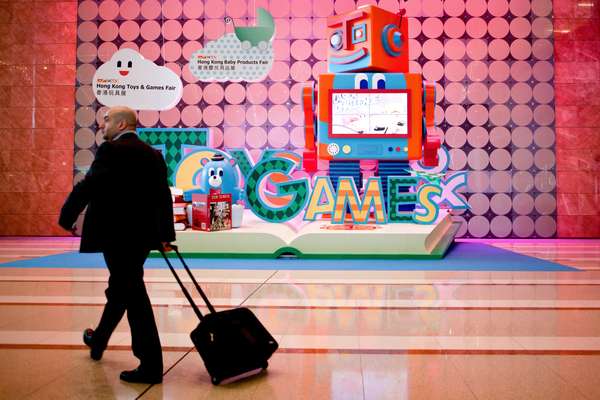


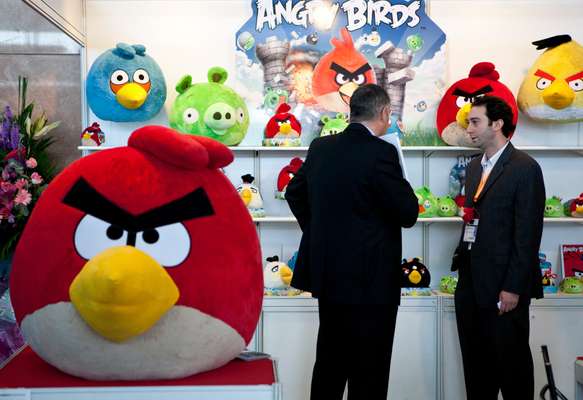
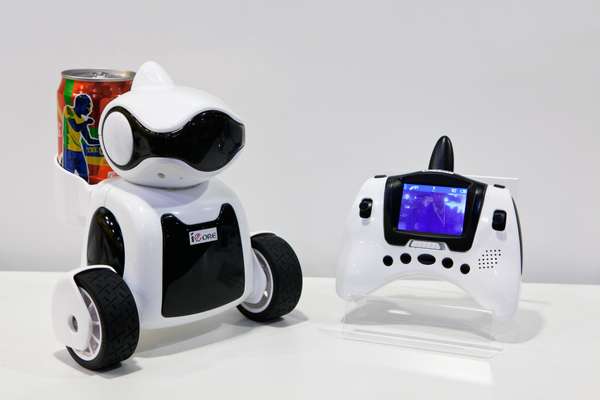
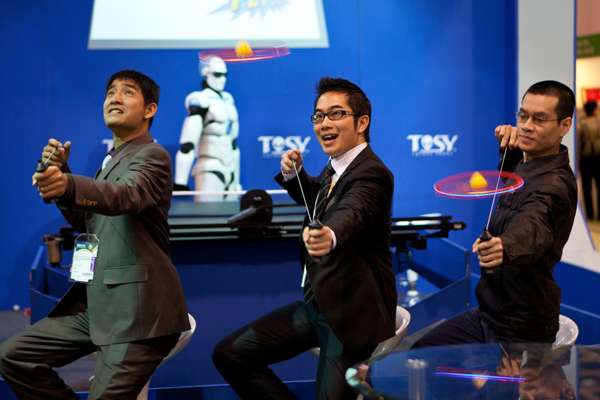
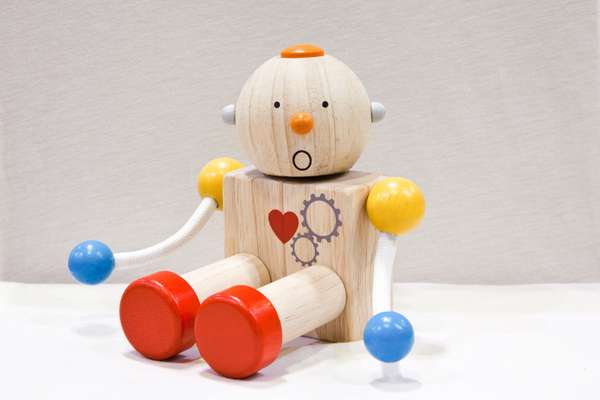

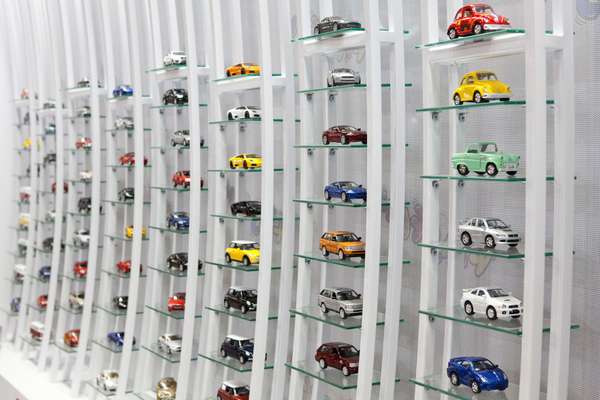


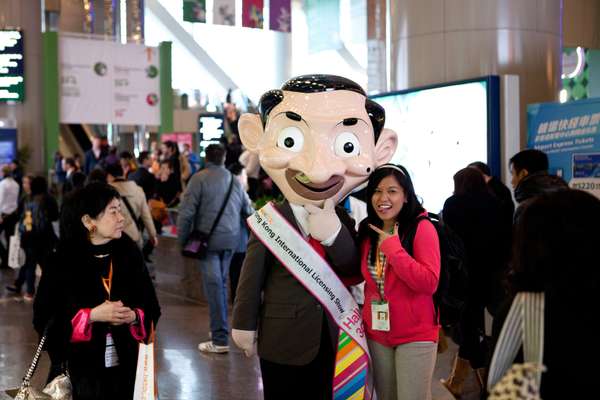
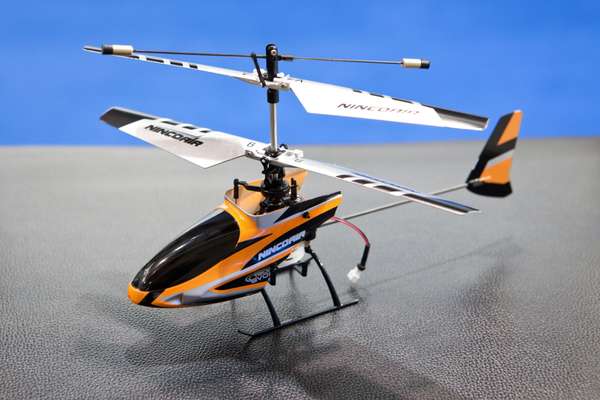

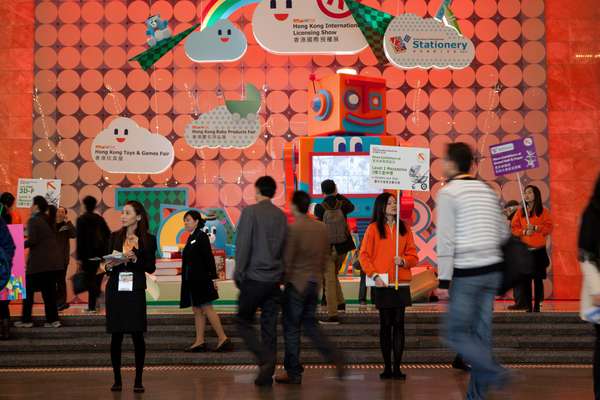
The HKTDC’s annual fair has evolved over its almost four decade-long history to become one of the top three toy trade fairs – Nuremburg and New York making up the triumvirate. TS Wong, chairman of the HKTDC Toys Advisory Committee, says that these days Hong Kong exporters are known for high-quality toys, both traditional and innovative. Well, kind of. It wasn’t so long ago that mothers were snatching toys from their babies’ mouths to check their provenance. This followed several scares about Chinese factories using lead paint on their products (never a good idea). Concern seems to have waned and we are assured that every Chinese factory is now playing by the rules and not cheating when no one is looking. If this is correct it’s because the US imposed the world’s strictest lead ban on products for children who are 12 years old or younger by passing the Consumer Product Safety Improvement Act.
While most of the manufacturing is done in the border cities of Shenzhen and Dongguan, Hong Kong-based companies retain their offices here for quality control, management, marketing, product design and production planning (and also no doubt because their bosses would rather live in Hong Kong).
After a couple of slower years where visitor numbers and revenues were down at the fair, optimism was back this year. “This is likely to be a successful year for both the show and the industry,” says Wong. “We have increased numbers of visitors and have seen a slight increase in the number of exhibitors. We’re happy to see even a small increase in toy vendors coming here because the toy industry is a very stable one.”
“This is my first time to this fair,” says Peter Osilaja, a buyer from California. “It’s overwhelming but I’m extremely impressed. We’re specifically looking for innovative toys, toys that are interactive, that are used to promote wellbeing, like helping kids with mental issues – emergent stuff.”
Major toy brands frequent the fair, mostly as buyers, and you can judge by the flurries of interest around various booths what will become popular in the next year. While traditional toys hold their own it is the use of new technology that creates the most buzz. “New technology is always important to the toy industry,” says Wong. “We have to add innovative, interactive technology to make it more interesting, to stimulate our children. You can see new technology throughout the fair. ‘Toy’ is a broad category that grows all the time. Electronic now consists of both the physical and the virtual.”
At the other end of the spectrum, wooden toys, especially those that promote their ecological credentials, are resurgent (although whether this is because they appeal to angsty parents or their children is not so clear). This is where the likes of Kovit Chomphunuchyanyong come in to their own. His Thai firm has been making eco-friendly toys from discarded wood for over 20 years.
As the industry across the border in Guangdong develops, Wong feels that the Chinese role will also evolve. Quality, Wong feels, will benefit from this shift, and the HKDTC Toys & Games Fair will see increased numbers from the mainland. [China] is one of the major growth areas from previous years,” he says. “Everyone’s fighting for space.” But fighting in a nice friendly way.
Numbers game
- 38th edition in 2011
- 1,933 exhibitors (up from 1,915 in 2010)
- 41 countries and regions participating this year
- 8 participating group pavilions: Chinese mainland, India, Korea, Pakistan, Spain, Taiwan, Thailand and World of Toys Pavilion
- 90 buying missions from 70 countries and regions (5,253 buyers in total)
- 144 sq m area occupied by the fair’s biggest exhibitors – Hong Kong’s Eastcolight and Hape International
- 34,000 visitors and buyers at the fair
Five toys to watch
TOSY Robotics (Vietnam) UFO Returning– a boomerang like no other.
Weplay Kiddie’s Paradise Inc (Taiwan) Putt Putt Balance Board – a multi award-winner.
ATM Sports Limited (Ireland) Triker Girlzz – a recumbent tricycle for girls, with a Lean to Steer system.
Commonwealth Toy & Novelty Co (USA) Angry Birds plush toy – the official toy of the runaway iPhone application.
Parrot Asia Pacific Limited (Hong Kong) AR Drone – quadricopter controlled by wi-fi and with real-time video.

